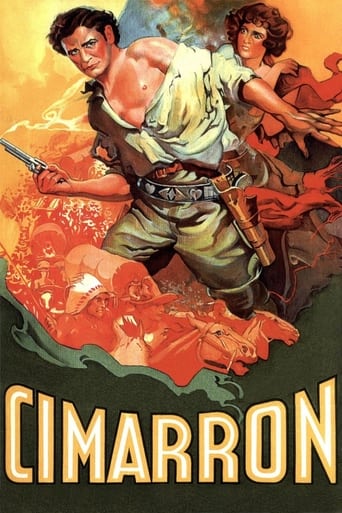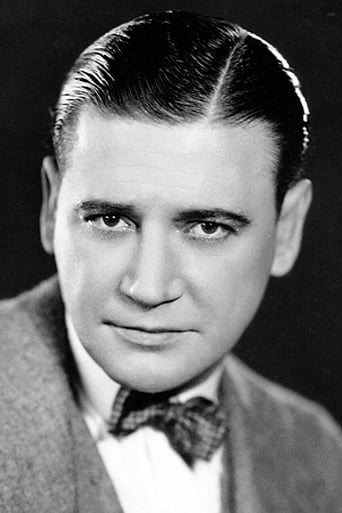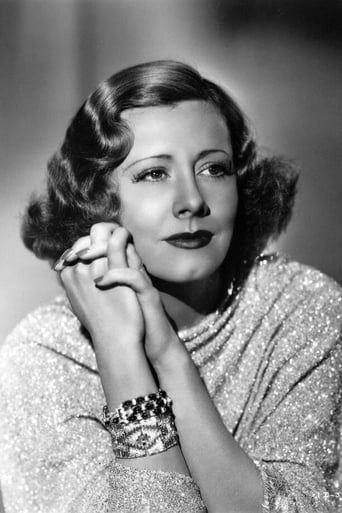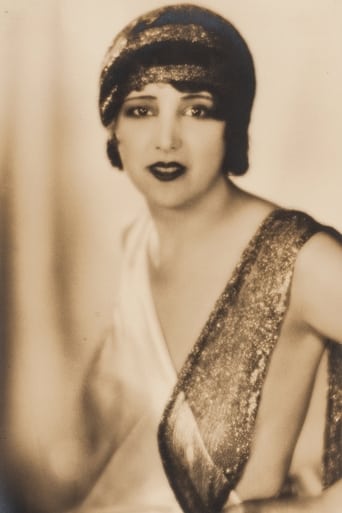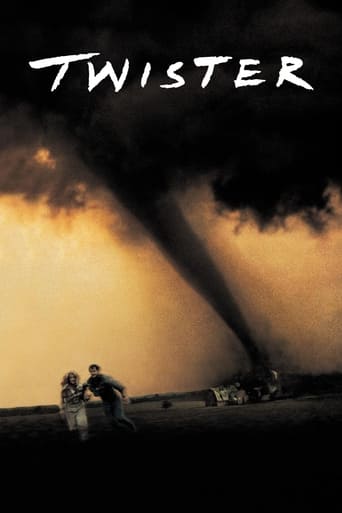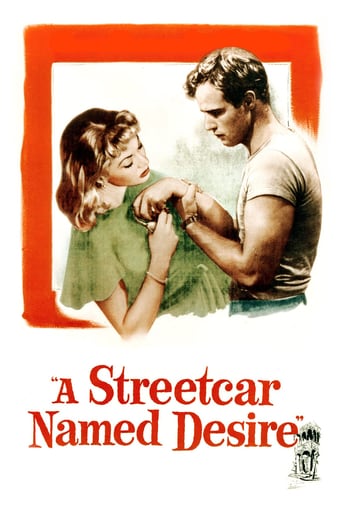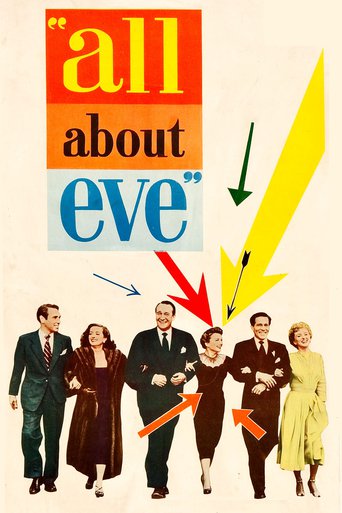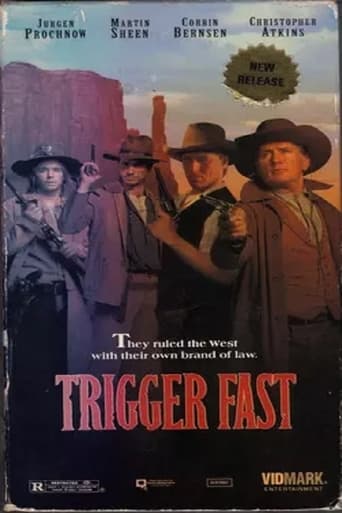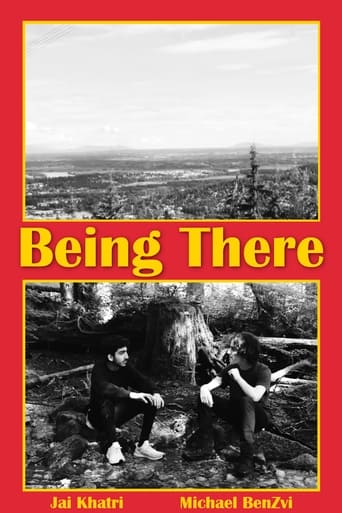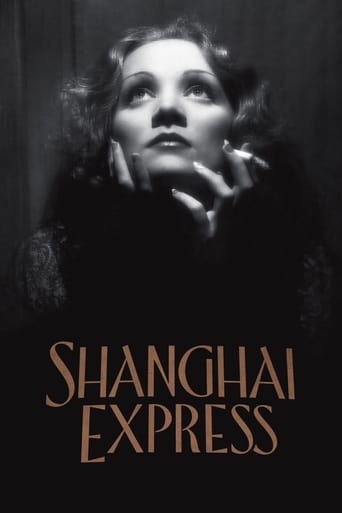Cimarron (1931)
When the government opens up the Oklahoma territory for settlement, restless Yancey Cravat claims a plot of the free land for himself and moves his family there from Wichita. A newspaperman, lawyer, and just about everything else, Cravat soon becomes a leading citizen of the boom town of Osage. Once the town is established, however, he begins to feel confined once again, and heads for the Cherokee Strip, leaving his family behind. During this and other absences, his wife Sabra must learn to take care of herself and soon becomes prominent in her own right.
Watch Trailer
Cast


Similar titles
Reviews
Truly Dreadful Film
Don't listen to the Hype. It's awful
There is, somehow, an interesting story here, as well as some good acting. There are also some good scenes
The film never slows down or bores, plunging from one harrowing sequence to the next.
The early Oscar Best Picture winners have a reputation for being some of the worst in the Academy's legacy, so maybe it's for that reason that I was pleasantly surprised by this epic that took home the prize in the Academy's fourth year. People scratch their heads now over what the Academy saw in this adaptation of an Edna Ferber novel that they liked enough to name it Best Picture of the 1930-31 award year, but is it really that difficult to see? "Cimarron" is a big film, big in themes, big in scope. It's creaky and antiquated, but it's consistent with the kind of movies the Academy would pick for its top prize over the succeeding decades.The first half of "Cimarron" is the best, following married couple Richard Dix and Irene Dunne as they move west as part of the land boom and establish themselves in a ramshackle town, one of hundreds that literally sprang up overnight. Dix has big dreams and isn't content to settle down for long. This conflicts with Dunne's desire to have a happy home. The land grab scene is pretty thrilling and technically accomplished for its time, and the early scenes set in the town are compelling as well, especially a scene set during church that ends with a congregant getting gunned down. Wild west indeed. The impressive set won art director Max Ree a deserved Oscar, for its sheer size alone if for nothing else.The second half of the movie runs out of steam, especially when Dix runs off and Dunne is left to run things, including their business, on her own. A climactic scene that ends the film tragically feels more soap opera than effective drama. This part of the film suffers from an inability of the filmmakers to approximate the realistic passing of time, so it all feels rushed.There were of course many more films that came out in the same year as "Cimarron" that are much better and more deserving of being remembered. But how often is the Best Picture Oscar winner ever the actual best film of its year? "Cimarron" is worth seeing as an early bit of Oscar history.It should be noted that the film set an early record for number of Oscar nominations, the first to be nominated for seven. It won three, adding Best Writing (Adaptation) to its awards for Best Picture and Best Art Direction. It was also nominated for Best Director (Wesley Ruggles), Best Actor (Dix), Best Actress (Dunne), and Best Cinematography.Grade: B
A newspaper editor settles in an Oklahoma boom town with his reluctant wife at the end of the nineteenth century.This film is something of an anomaly. Starting from an Edna Ferber novel, it was made into a western epic and was highly praised. The film received a ton of Oscar nominations, and even won Best Picture. The last western to do so until 1990's "Dances With Wolves" sixty years later. You would think it would be a massively powerful film.And yet, it has fallen hard. As of 2015, it is the lowest rated Best Picture on IMDb, with only a 6.0 rating. The rating is fair, but it means either this is the worst Best Picture ever made, or it was up against even worse films, or something...Not helping matters is the film's apparent rarity. It saw DVD release about a decade later than it should have, and as of 2015 still does not exist on Blu-ray. Nothing can be done for the story and acting, but it looks like the picture could be cleaned up some.
I'm disturbed that so many reviewers gave this film bad marks because it is not politically correct by today's standards. They should be rating the film on its effectiveness as a story. I found it compelling and believable. All of the principle actors gave one of their best performances. Certainly Stanley Fields and George Stone were never better. Irene Dunne carried off a range of impressions seldom matched on the screen. And Richard Dix did the opposite in just as admirable a way: maintaining character through numerous situations.But what is most important is that the film was not politically correct for its time - in a brave way. It showed the intolerance for blacks as something shameful and that color didn't matter when it came to courage. Showing the black teenager as a hero was almost unprecedented for the period.At a time when native Americans were portrayed in film merely as evil hoards, this film showed both their shameful treatment and nobility. And dared to show that marrying for love knows no racial barriers.And finally, far from being anti-feminist, it showed that any woman raised to be prejudiced and subservient could become a fair-minded, independent leader.The film did all of these things within the confines of the story without being preachy. That alone is a triumph of its time. Add to that the sweep of the film that didn't lose the personal stories and you get an Oscar worthy film.
This film is a landmark of the early talkie cinema. A real epic based on Edna Ferber's dynamite novel, this film still looks modern today. Forget what you thought about static camera work and studio-bound sets. "Cimarron" starts out with it's famous Oklahoma land rush scene which, given the constraints of a narrow screen, black and white production is breathtaking and sprawling to see. Likewise, the shots depicting the growth of a frontier town has all the genuine look of the real thing. The acting of Richard Dix, as Yancy Cravat has been criticized by some as "melodramatic" and "overripe", but he was playing a larger than life character as being such, and he comes across well. Irene Dunne, who made her dramatic debut as Sabra Cravat, is convincing and sympathetic. One of the things I like about this movie is that the characters are neither all-good nor all-evil. There are human flaws in all of them which make them, well, more human. This in itself was a novelty in 1931, when talking pictures were themselves still a novelty. It would be easy to dismiss the character of Isaiah as a typical stereotyped black character, but although he supplys "comedy relief" early in the film, his action later on gives his portrayal a profound depth never seen in these old films. Likewise, the portrayal of the American Indian is given a dignity throughout the production. This is, technically, a Western, and yet it is truly so much more.

